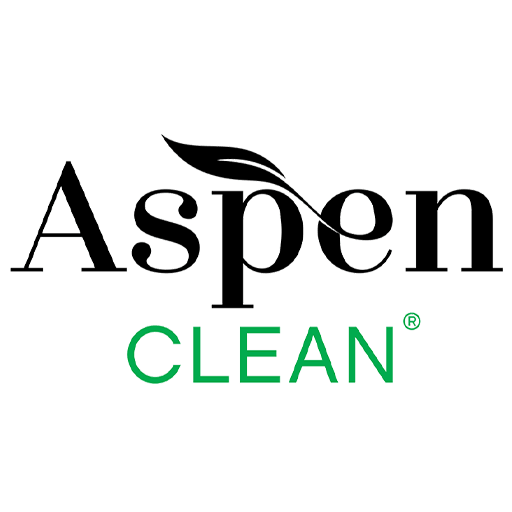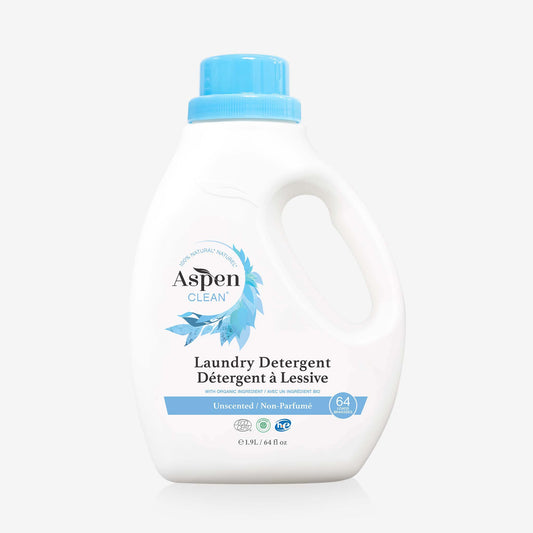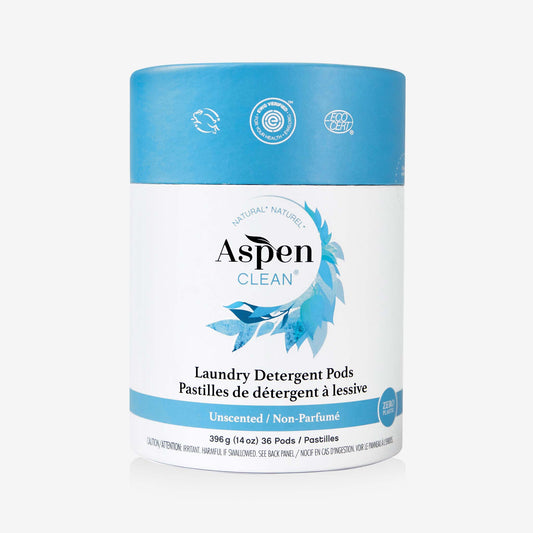The kitchen is usually the most challenging room to keep clean in the house because it's the most active. Between breakfast, lunch, dinner and/or living with kids, pets or people in general, your kitchen is never really clean, is it? But one thing you definitely will be okay with, is cleaning as you go along - less mess, more success.
The kitchen is where you store, prepare and cook your food, which is also how many toxic chemicals can be absorbed into your body. When you use chemical-based cleaners to wipe your counters or clean your cooking utensils, a residue of these chemicals is left behind, allowing toxins to enter your system.
Even though people may clean up after themselves and the kitchen can appear tidy, at a closer look, you will see a deep clean is needed every now and again to keep your kitchen clean and sparkling. Sinks lose their shine, grease builds on surfaces, microwaves and ovens host age-old splatters, and fridges have their own life forms. Deep cleaning your kitchen might not be your area of expertise, but it's an environment we thrive in, so let us help you tackle those kitchen nightmares. Learn from cleaning experts at AspenClean, how to make your cleaning better and quicker.
When to clean the kitchen, how to clean the kitchen?
Everyone knows it is always a good idea to clean up as you go when cooking in the kitchen, and after-dinner cleaning is usually the biggest task (in terms of cleaning) you will be doing on a daily basis. We've compiled a list of simple tasks to make your daily cleaning jobs just a bit easier.
- Clean up between your cooking tasks, wash the dishes or fill the dishwasher, and the dishes will be clean and dry by the time you go to bed or wake up in the morning.
- If you use a draining board to dry your dishes, you can use an absorbent mat or a cloth under the draining board to absorb the drips from the drying dishes. Otherwise, you could be left with a little puddle on your countertop once the dishes are dry. It's also important that if you use a mat, it should be washed weekly, or it could start to get that damp smell because it's constantly wet.
- Wipe down the oven, stove, microwave and any other appliances used during cooking once you're finished with them, as fresh splatters are always easier to clean.
- If you have pots and pans that are difficult to clean, leave them to soak overnight (with some dish soap and superscrub) to soften the dirt and then wash them in the morning.
- Wipe the counter after all your cooking to avoid fighting against stubborn stains.
- Sweep or vacuum the floor after you clean the counter, in case crumbs fall to the floor when you wipe the surface clean.
- Take the bins out at night so you are not left with a lingering odour of last night's dinner when you wake in the morning.
How to clean the kitchen sinks, and why?
How often you clean a kitchen sink depends on how much use it gets. Food gets caught in the drain, soap scum, and watermarks build. So, a sink should be cleaned after roughly 30 uses, mainly because kitchen sinks are the perfect environment for bacteria and germs like E-coli to live, especially when there are food deposits for them to feed on.
To clean your sink, use a mix of warm water, dish soap and a bit of elbow grease. You might even need a toothbrush to scrub those hard-to-reach cracks. Using natural dish soap ensures that no harmful substances and additives in conventional dish soaps come in contact with your dishes and cookware while maintaining the same cleaning capabilities. For tougher stains, mix dish soap with AspenClean Green Scouring Powder, which creates a stronger solution to attack tough stains, and best of all, it's septic-safe.
Cleaning kitchen drains
One of the worst tasks when cleaning your kitchen can be cleaning the s-bend or sink trap drain in the kitchen sink. Often food or grease washed down the drain can get lodged in the sink trap and clog the drain, leaving a bad odour lingering around the kitchen.
Start off by using a plunger to dislodge any build-up in the drain. Pour boiling water down the drain, place a plunger over the drain entrance, and pump the sink vigorously for roughly 20 seconds. If you have a double sink, you will need to cover one of the drains while you pump the other. If the water in your sink swirls down easily, your efforts have worked, but if the sink is still clogged, you will need to repeat the steps several times until you see results.
If you're still having no luck unclogging the drain, pour some baking soda, followed by white vinegar, and leave it to sit for roughly 30 minutes. This solution creates a natural reaction, which should help dissolve the contents clogging the drain. After the solution has sat, rinse the drain with boiling water again.

Your final resort, if your drains are still blocked, is to remove the sink trap, where the pipe is located under the sink. This can get unpleasantly messy, so place a bucket and newspaper in case of splatters under the sink trap before unscrewing the slip joints. Take the sink trap to a separate sink or a hose outside to clean all the dirt and grime that has built up, and reassemble the sink trap.
If all your efforts have failed and your drain is still clogged, it's time to call your plumber.
Cleaning kitchen grease
Grease is the word and a constant cleaning task within your kitchen. All those tiny little droplets and splatters accumulate in and around your stove, oven, microwave, cabinets and counters. Grease is not the easiest to clean as it almost seems like you’re spreading the grease rather than cleaning it often. So, using the right products to get the job done efficiently and effectively is important.
Vinegar and baking soda do a good DIY job, but if you're looking for a product with a little more ease, our natural Kitchen Cleaner was specially designed to cut through grease in your kitchen. The kitchen cleaner is also 100% natural and chemical-free, so you don't need to worry about toxins contaminating the areas where you prepare and store your food. The cleaner combined with our microfiber cloths is the most effective way to tackle crease build-up within the kitchen. You can also mix the kitchen spray with a scouring powder and wipe with a microfiber cloth to tackle those resistant greasy stains that won't seem to budge.

Cleaning the kitchen fan
The purpose of your kitchen fan is to help remove airborne grease, combustion products, fumes, smoke and steam from the air through filtration, but over time, these elements accumulate and can block the filter. So, if you've never cleaned your kitchen fan or haven't cleaned it in a while, it won't be pretty.
Most filters easily slide or pop out from the underside of the fan, so once removed, you can easily soak it in a sink of warm soapy water. Leave the filter to sit in the water for a couple of minutes, and then scrub the filter gently to remove any excess dirt and grime. Depending on how greasy the filter is, boiling water could be a more effective option for melting the grease from the filter.
Cleaning kitchen tiles
Depending on where you're cooking, your floor can also build grease and dirt from splatters and all the kitchen commotion. Our natural Floor Cleaner and Microfiber Mop are perfect for cleaning all hardwood, laminate and ceramic floors. The floor cleaner also comes in a concentrated form, which makes up to 18 bottles or can be used as is for hard-to-clean floor stains. Our floor cleaner is also 100% safe for pets and kids that come in closer contact with the floor.

Cleaning kitchen sponges
Kitchen sponges are our main cleaning tool, but one thing to note is they can also spread dirt with the number of bacteria living on them. Know when a cloth or sponge needs to be thrown away. Soaking your sponge in vinegar is a good natural way to sanitize the sponge. It will reduce the spread of bacteria in your home, and you won't be spreading toxic chemicals. Microfiber cloths are a great cleaning investment due to their durable and effective material. All our Microfiber Cloths can be washed and reused, so they will last you forever. Keep in mind to use an eco-friendly laundry detergent to preserve the fabric.
Finally, if you feel too overwhelmed with cleaning your kitchen, why don’t you give yourself some TLC and book a cleaning with one of our fantastic team? If you’re lucky enough to live in Vancouver, Toronto or Calgary, don’t hesitate another minute. So, ready to get your kitchen sparkling clean?





